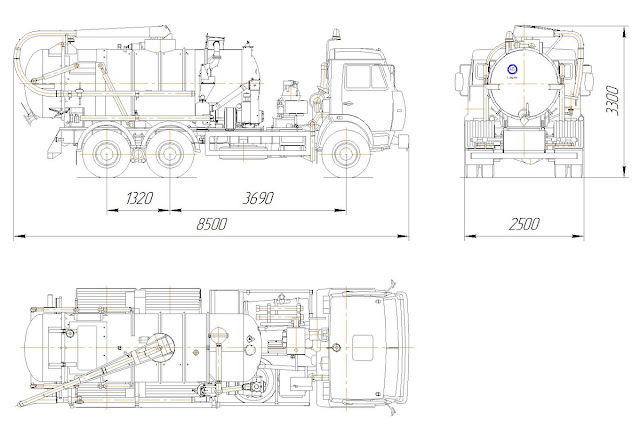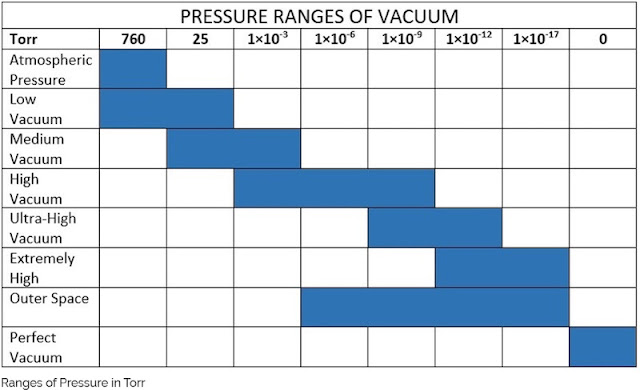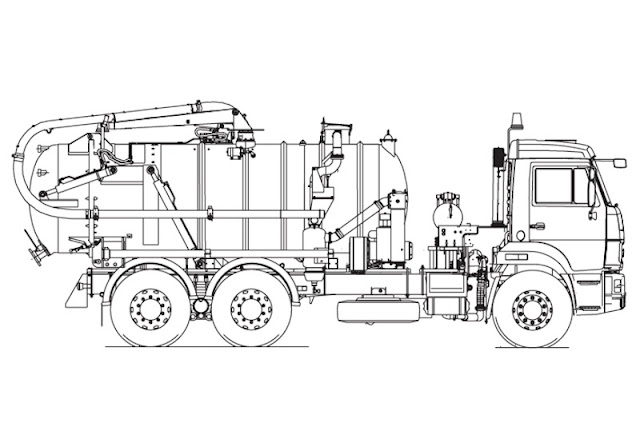During the production of vacuum forming devices, parts made of plastics and metals that are resistant to the chemical effects of the pumped substances are used. In addition, the structural elements must have sufficient strength. It is obligatory to fit all nodes, check tightness, so that surfaces do not let back gases.

There are several types of pumps that are used for home and other purposes.

The device has a cylindrical shape and a rotor with vanes that rotates with a shaft that is off-center. Before the device is turned on, it is filled with liquid. When the motor is started, the impeller disperses it over the walls of the housing. A sickle-shaped vacuum zone is formed between the water and the rotor mechanism. Gas from the spigot is directed into it. The blades guide it along the shaft, and it comes out through an opening.
These types of devices are also used to partially purify the gas when it is in active contact with a liquid. In addition, there are devices for pumping out water.

The use of liquid as a working surface provides the following advantages:
When the engine is turned on, the gases start to move. A vacuum is always formed in the receiver spigot and an overpressure in the pressure mechanism.
To reduce friction at the plates, they are made of antifriction type materials, as well as use special oils with low viscosity. These pumps have an increased susceptibility to the purity of the gas or liquid being pumped, so that periodic cleaning of the construction is required.
The advantages of this mechanism include the ability to use a pneumatic actuator for contact with explosive substances, long service life, ease of flow control, economy, high sealing, no grease residue, etc.

Such pumps are simple to use and easy to repair. But at the same time, experts point out that they have a low coefficient of performance. In addition, they are susceptible to ingress of impurities of mechanical type.

There are several types of pumps that are used for home and other purposes.

Water Ring Vacuum Pumps
The water-ring type of vacuum pump is one of the varieties of liquid-ring devices that are used to allow pure water to circulate.The device has a cylindrical shape and a rotor with vanes that rotates with a shaft that is off-center. Before the device is turned on, it is filled with liquid. When the motor is started, the impeller disperses it over the walls of the housing. A sickle-shaped vacuum zone is formed between the water and the rotor mechanism. Gas from the spigot is directed into it. The blades guide it along the shaft, and it comes out through an opening.
These types of devices are also used to partially purify the gas when it is in active contact with a liquid. In addition, there are devices for pumping out water.

The use of liquid as a working surface provides the following advantages:
- The water, when rotating inside the device, keeps the gas from returning.
- All parts of the device, when constantly rotating, are washed with water, so that friction is reduced and their temperature is reduced.
- Such a mechanism rarely needs repair work and has a long service life. In addition, it consumes little electrical energy.
- Contact with gases, which contain liquid droplets and small mechanical impurities, does not affect the condition of the equipment.
Rotary Vane Vacuum Pumps
The rotary vane pump has a cylinder-shaped housing. It is ground inside. The rotor itself is located in it, and their axes do not coincide. The rotor has special moving plates. They are pressed to the body by springs, so that there is a sector with an empty space inside.When the engine is turned on, the gases start to move. A vacuum is always formed in the receiver spigot and an overpressure in the pressure mechanism.
To reduce friction at the plates, they are made of antifriction type materials, as well as use special oils with low viscosity. These pumps have an increased susceptibility to the purity of the gas or liquid being pumped, so that periodic cleaning of the construction is required.
Diaphragm Piston Vacuum Pumps
With diaphragm piston vacuum pumps, the main part is the flexible diaphragm, which is connected to a lever mechanism. It is made of composite-type materials that are resistant to stress. The edges of the diaphragm are fixed to the body and the center will flex.The advantages of this mechanism include the ability to use a pneumatic actuator for contact with explosive substances, long service life, ease of flow control, economy, high sealing, no grease residue, etc.
Screw Vacuum Pumps
Screw vacuum pumps function on the basis that the gas or liquid is displaced along the rotating screw. The design comprises 1-2 screw type rotors, a drive unit and a stator. Because of its high quality, the device is not cheap. Advantages include the low noise level and the ability to pump media that contain mechanical inclusions.Vortex Vacuum Pumps
Vortex-type vacuum devices are similar to centrifugal pumps and similar equipment. The design includes a wheel and blades that rotate on a shaft. The difference is in the receiving nozzle. It is located on the outside of the casing, not near the central axis.
Such pumps are simple to use and easy to repair. But at the same time, experts point out that they have a low coefficient of performance. In addition, they are susceptible to ingress of impurities of mechanical type.
Comments
Post a Comment